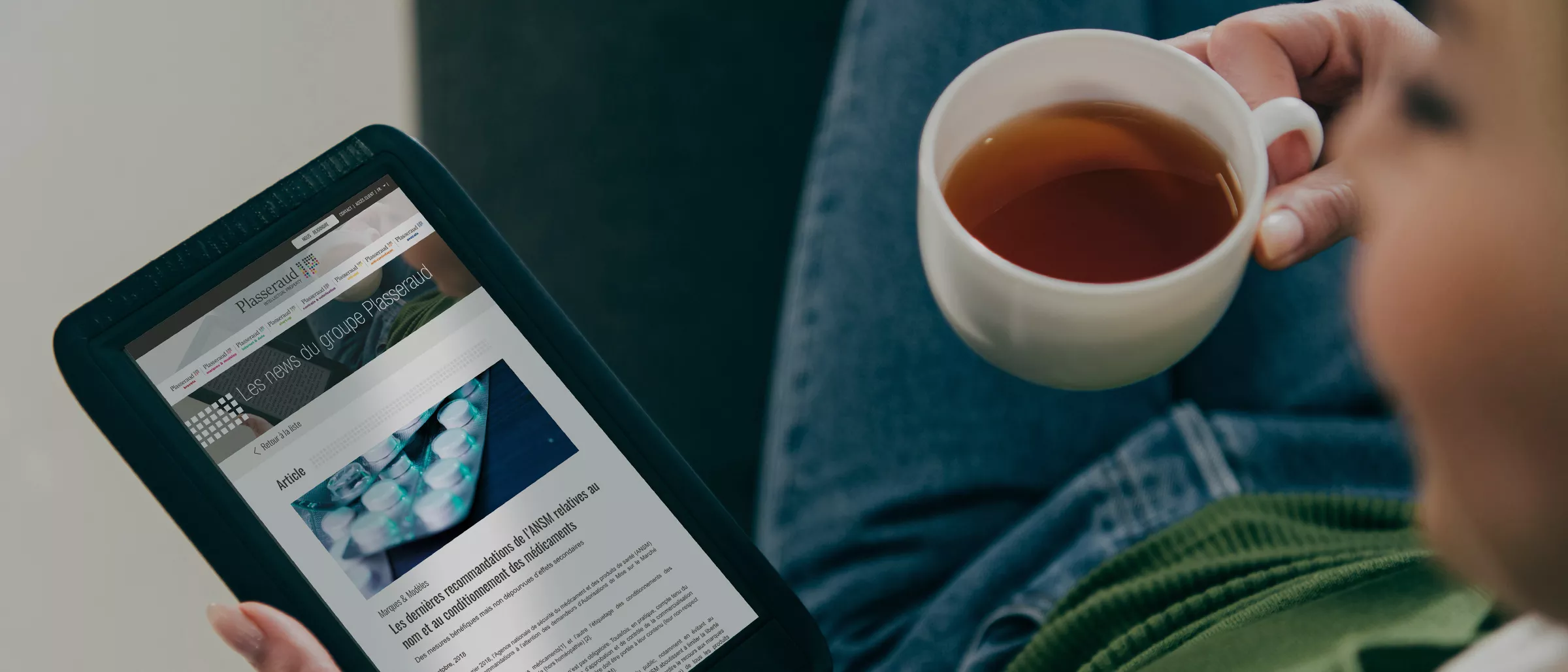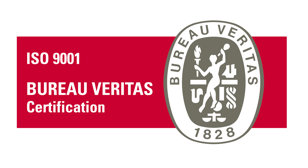Article

Three major changes in the revision of the Chinese Patent Examination Guidelines
With the fast development of the Chinese patent landscape, China National Intellectual Property Administration (CNIPA) revises the “Patent Examination Guidelines” (hereinafter referred to as “Guidelines”) every few years, so as to meet the changes in light of the new technologies, booming filing numbers and legislative changes. Recently, on September 24, 2019 CNIPA issued a decision of the revision of the “Guidelines”, which came into effect on November 1, 2019.
In the revision, several changes have been implemented, among which the following three changes might be of major interest to applicants:
1) Lowering the barrier on patentable subject-matter: accepting human embryonic stem cells
Among all the changes, this revision makes a big step in the biological field. Previously, human embryonic stem cells were considered as belonging to the human body and excluded from patentability because this subject-matter was considered to be against social morality (Section 3.1.2, Chapter 1, Part II, Guidelines). The new Guidelines explicitly mention that human stem cells, isolated or obtained from the human embryo within 14 days of fertilization that have not been developed in vivo are not considered as human body.
According to the new Guidelines, inventions related to human stem cells can therefore be accepted as eligible subject-matter for which a patent may be granted.
2) Introducing Prioritized Examination and Delayed Examination
In general, CNIPA examines patent applications in the order of the filing dates. According to the current Guidelines, it is only possible to accelerate the patent examination by requesting early publication and early examination (and this opportunity is available for invention patents only).
In the new Guidelines, prioritized examination and delayed examination are introduced, so as to provide more options for applicants when they want to implement different filing strategies.
On the one hand, prioritized examination is an effective way to accelerate examination and it has already been stipulated in “Administrative Regulations of Prioritized Patent Examination” (which came into effect as of August 1, 2017). The revision officially incorporates this provision into the Guidelines (Section 8.2, Chapter 7, Part V, Guidelines).
Unlike the current early publication and examination, which only is available for invention patent applications, prioritized examination is applicable for design, utility model and invention patents. It intends to greatly shorten the examination period.
However, only certain applications, meeting specific requirements stipulated in “Administrative Regulations of Prioritized Patent Examination”, can be accepted for the prioritized examination.
On the other hand, the revision also introduces a brand new examination approach in order to slow down examination, i.e. the possibility of delaying examination (Section 8.3, Chapter 7, Part V, Guidelines).
In this regard, according to the new Guidelines, applicants can request for deferred examination, so as to delay examination by 1, 2 or 3 years. This will be welcome by applicants who need more time to consider the prosecution, such as paying examination fees and maintaining the applications.
3) Specifying the application requirements for Graphical User Interfaces (GUI)
GUI product design patents were first introduced in 2014. After several years of practice, because it is different from a common physical product, CNIPA and applicants encountered some problems on this specific subject-matter. In this regard, CNIPA made some changes regarding the formal requirements for the GUI design patent applications (Section 4.5, Chapter 1, Part III, Guidelines), so as to clarify the boundary of the GUI design and facilitate the preparation of filings, especially the drawings.
In particular, the requirements have been specified in the following aspects:
- the title of the GUI design shall express its main function and the products using the GUI,
- it is no long necessary to provide six-view drawings or photos, and only one image containing the GUI design in the form of orthographic projection is accepted; and
- for the dynamic GUI design, the applicant may submit key frame(s) to show the completed animation, and describe the animation, if necessary.
This revision of specifying the requirements on the application, especially on the title and drawings, may help the applicants prepare the filing documents and seek proper scope.
Conclusion
The abovementioned three major changes will have a substantive impact on patent examination before CNIPA, especially for the applications relating to human stem cells and GUI design.
In addition to the above three changes, the revision also concerns divisional applications (Section 5.1.1, Chapter 1, Part I, Guidelines), patent assignments (Section 6.7.2.2, Chapter 1, Part II, Guidelines), patent search (Section 4, Chapter 7, Part II, Guidelines), interview during examination (Section 4.11.1, Chapter 8, Part II, Guidelines), invalidation (Section 3.3, Chapter 3, Part IV, Guidelines) etc.
Since the new Guidelines will came into effect on November 1, 2019, applicants and representatives shall take note of these changes to adjust their filing strategies, if necessary, so as to take advantage of the revision.
For more details, please do not hesitate to contact one of the Chinese patent attorneys of our team.

























